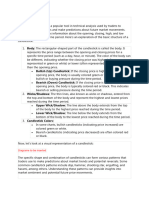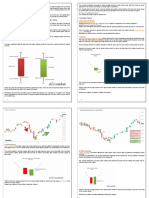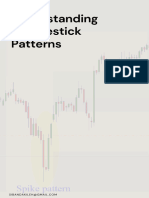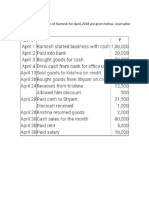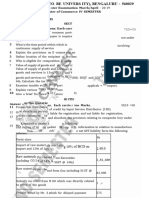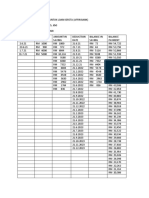0% found this document useful (0 votes)
250 views8 pagesUltimate Candlestick Chart Pattern Guide
The document is a comprehensive guide on candlestick and chart patterns for traders, detailing the anatomy of candlesticks, their benefits, and various single and multi-candlestick patterns. It also covers essential chart patterns, trading tactics, and risk management strategies. The guide emphasizes the importance of confirmation, stop losses, and continuous learning in trading.
Uploaded by
xagoh45899Copyright
© © All Rights Reserved
We take content rights seriously. If you suspect this is your content, claim it here.
Available Formats
Download as PDF, TXT or read online on Scribd
0% found this document useful (0 votes)
250 views8 pagesUltimate Candlestick Chart Pattern Guide
The document is a comprehensive guide on candlestick and chart patterns for traders, detailing the anatomy of candlesticks, their benefits, and various single and multi-candlestick patterns. It also covers essential chart patterns, trading tactics, and risk management strategies. The guide emphasizes the importance of confirmation, stop losses, and continuous learning in trading.
Uploaded by
xagoh45899Copyright
© © All Rights Reserved
We take content rights seriously. If you suspect this is your content, claim it here.
Available Formats
Download as PDF, TXT or read online on Scribd
/ 8










